News
Interview: Ari Aster Talks the Making of ‘Hereditary’

Hereditary represents the feature directing debut for Ari Aster, who previously directed six short films. Ever since Hereditary premiered at the Sundance Film Festival in January 2018, critics have compared Hereditary to iconic films like Rosemary’s Baby and The Shining and labeled Aster an auteur.
The following interview with Aster was conducted, via email, in the first week of April. Hereditary opens in theaters on June 8.
DG: What was the genesis of, the inspiration for, Hereditary, and what is the significance of the film’s title?
AA: I wanted to make a serious meditation on grief and trauma that gradually curdles into a nightmare – the way that life can feel like a nightmare when disaster strikes. The true significance of the title shouldn’t dawn on the viewer until the end of the film, but suffice it to say that Hereditary is concerned primarily with the insidiousness of family ties. Over the course of the film, it becomes increasingly clear that this family has no free will; their fate has been passed down to them, and it’s an inheritance that they have no hope of shaking.
DG: What were the themes that you wanted to explore with this film?
AA: There are lots of movies about tragedy bringing people together and strengthening bonds. I wanted to make a film about all the ways that grief can tear people apart and how trauma can totally transform a person – and not necessarily for the better! Hereditary is a buffet of worst-case scenarios leading to an ugly, hopeless end. Now I just need to investigate why I wanted to do all that.
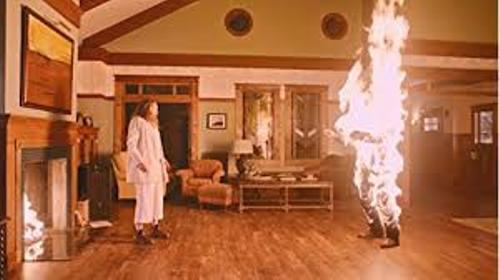
DG: What was the stylistic, visual strategy that you and your cinematographer discussed prior to the start of filming, and how would you describe the look and tone of the film?
AA: Well, I’ve been working with my DP, Pawel Pogorzelski, since I met him at AFI, and we’ve developed an amazing shorthand. We speak the same language, to such an extent that we become quite upset with each other at the very hint of a disagreement or misunderstanding. The way I work – and I’m sure that there are better ways of working – is that I always begin by composing a shot list, and I don’t talk to anyone in the crew until that shot list is complete. From there, questions of execution, lighting, production design, etc, become central. But first, every head of department needs to be able to see the film in their head. In this case, the camera would be very fluid, detached, observational – encroaching. The tone is tough to speak to…but I can say that I would often tell the crew that the film should feel evil. We’re with the family, and we’re joined to them in our ignorance of what’s really happening, but there should also be the sense that we’re watching them from a more knowing, sadistic perspective.
DG: What are the genre influences that you brought to this film, and what do you think audiences will find most compelling and frightening about this film?
AA: It was important to me that we attend to the family drama before we attended to the horror elements. The film needed to stand on its own as a domestic tragedy before it could work as a scary movie. So, most of the references that I gave to the crew were not horror films. Mike Leigh was one – especially Secrets and Lies and All or Nothing. We also talked seriously about The Ice Storm and In the Bedroom, which has a reversal at the 30-minute mark that isn’t so different from the one in Hereditary. Bergman is one of my heroes, and Cries and Whispers was something I was thinking about, along with Autumn Sonata for the way that it dealt with the mother-daughter relationship. The horror films we discussed were mostly from the 60s and 70s. Rosemary’s Baby was an obvious touchstone. Don’t Look Now is a big one. Nicholas Roeg, in general, was big for me. I love Jack Clayton’s The Innocents. And then there are the great Japanese horror films – Ugetsu, Onibaba, Empire of Passion, Kwaidan, Kuroneko…
DG: How would you describe the family dynamic that exists within the Graham family when we first meet them in the film, and how would you describe the journey they take throughout the film?
AA: The Grahams are already isolated from each other when we meet them. The air needed to be thick with a fraught, unacknowledged history. From there, things occur that only serve to alienate them further, and by the end of the film, each member of the family becomes a total stranger – if not a seeming double of themselves – to the other. To reference Freud’s essay on the uncanny, the home in Hereditary becomes resolutely unhomelike.
DG: How would you describe the nature of the malevolent presence that plagues the Graham family in the film, and how do they respond to this?
AA: There are many toxic influences at play. Guilt, resentment, blame, distrust…and then there’s a demon, too.
DG: How would you describe the nature of the relationship that exists, both in life and death, between Charlie and her grandmother, Ellen?
AA: To explain this would be to betray some pretty big reveals in the film. I’ll refrain to avoid spoiling!
DG: What was the biggest challenge that you faced during the filming?
AA: We built the entire interior of the house on a sound stage. Everything inside the house was designed and built from scratch. Beyond this, we had the additional challenge of needing to create a miniature replica of the house (among many other miniatures). This meant that we needed to design every element of the home well in advance of shooting. That doesn’t just mean that we needed to decide on the layout of the house and the dimensions of the rooms, which is actually the easiest thing for the miniaturist to replicate; it meant that we needed to make committed decisions regarding the set dressing very early on. So, we needed to know what the furniture would be, what the wallpaper would be, what plants we’d have in each room, what drapes we’d be putting over the window, and so on and so forth. We shot everything involving the dollhouses in our last week of production, and it was so tight that we had miniatures being shipped in on the very days that they were being shot.
DG: What did Utah, your filming location, bring to this film that was unique from other filming locations that you might have chosen, and how would you described the backdrop, the setting, of the film?
AA: Well, we originally went to Utah because we were able to get more out of our budget over there. Also, the original plan was to make a winter movie and have the house be snowbound. That said, scheduling demanded that we shoot in the summer, and I ultimately couldn’t have been happier with the landscapes that Utah provided. I now can’t imagine the film looking any other way. I also need to say that we had the most incredible crew on this film – from the art department to the camera department, there wasn’t a single weak link. I’d recommend Utah to anyone looking to make a film.
DG: What’s your favorite scene or sequence in the film?
AA: Well, in the hope of avoiding a spoiler and at the risk of being excessively cryptic: there’s a prolonged montage of Toni Collette weeping uncontrollably (over the course of a week), and I’m quite pleased with how it turned out.
DG: When I read about Ann Dowd’s character, Joan, I immediately thought of Billie Whitelaw as Mrs. Baylock in The Omen. How would you describe Joan’s role in the film?
AA: Her character is definitely in that tradition. For that matter, she’s also in the tradition of characters like the Castevets in Rosemary’s Baby or Hilary Mason’s blind clairvoyant in Don’t Look Now. She stems from a pessimistic skepticism of the altruistic neighbor who seemingly has your best interests at heart. Conveniently, she also comes from a tradition in family dramas of benevolent outsiders stepping in to provide an outlet for an otherwise isolated member of a dysfunctional unit. Judd Hirsch in Ordinary People is one example.
DG: Given the overwhelmingly positive reaction the film has received so far, which is strange for a film that hasn’t even been formally released yet, it feels like the film has already attained the status of classic before most of the world has had a chance to see it. What have you experienced, in terms of audience reaction, during the screenings you’ve attended so far, and how would you describe the reaction you’ve gotten to the film so far?
AA: The reactions have been very exciting. To be honest, I was initially just very relieved that people didn’t think it was a giant piece of shit. But you learn quickly that it’s a uniquely quantifiable thing, whether your scary movie is working or not. It’s like making a comedy. Either people are laughing or they’re not. But I can say that there’s no feeling like having an audience collectively scream at something you’ve made. It’s a great dopamine high.
DG: As this is your first feature film, how would you describe the journey that you’ve taken over the past decade?
AA: I’ve been writing screenplays since I was twelve years old. I went to film school at the College of Santa Fe before studying Directing at the American Film Institute. After graduating AFI, I made dozens of short films, and by the time I got around to writing Hereditary, I had ten other feature scripts ready to go (two of which were on a track to getting made before Hereditary). It’s been a long road, but I couldn’t have been blessed with greater resources or stronger collaborators than those on Hereditary. I count myself extremely lucky.
DG: For someone who has hasn’t seen any of your previous work, your short films, what would you say is your hallmark, your signature, as a director, and what identifies Hereditary as being an Ari Aster film?
AA: I remember a great teacher of mine at AFI, Peter Markham, saying that filmmaking is (or should be) mischief-making. I agree wholeheartedly with that sentiment. Hereditary and all of my short films (and almost all of the films that I intend to make from here) are hopeful contributions to that tradition of mischief-making.
DG: Why do you think Hereditary stands apart from the legion of other genre films in the marketplace?
AA: I don’t feel it’s my place to speak to that. I will say that if the film works, I believe it’s because I made it my mission to always honor the characters before anything else. Also, there’s the very generous amount of full-frontal nudity that I made sure to include.
DG: When you look back on the entire experience of making Hereditary, is there one memory that stands out as being most telling about this entire experience for you, when you look back on the journey you’ve taken with the film?
AA: I can’t think of one memory in particular. I can say that there were several moments during production in which I suddenly remembered that I was actually making a movie. That has always been my dream. So I’d try to remember to feel my feet on the ground and appreciate that. Those were the best moments.
Listen to the 'Eye On Horror Podcast'

Editorial
Yay or Nay: What’s Good and Bad in Horror This Week
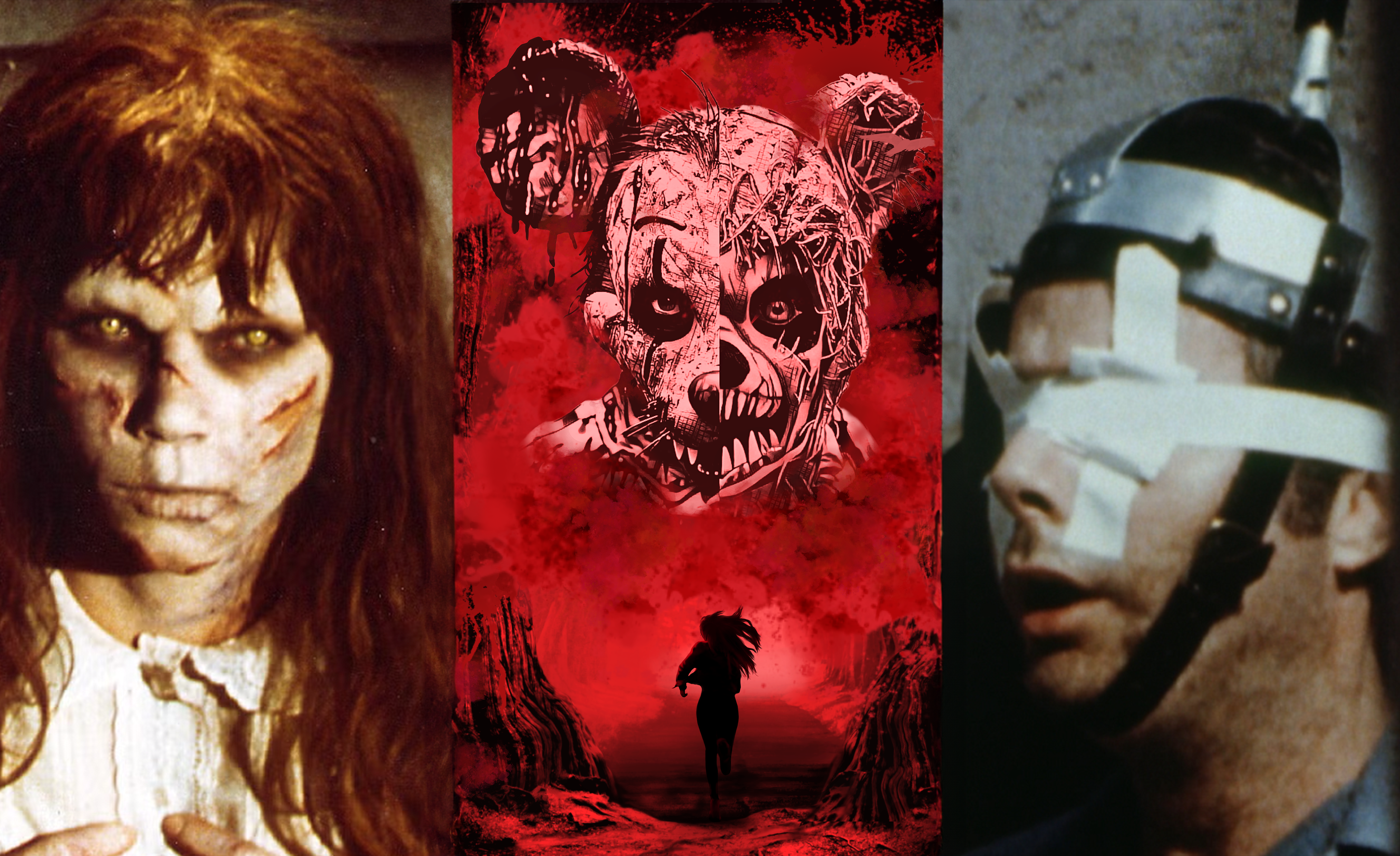
Welcome to Yay or Nay a weekly mini post about what I think is good and bad news in the horror community written in bite-sized chunks.
Yay:
Mike Flanagan talking about directing the next chapter in the Exorcist trilogy. That might mean he saw the last one and realized there were two left and if he does anything well it’s draw out a story.
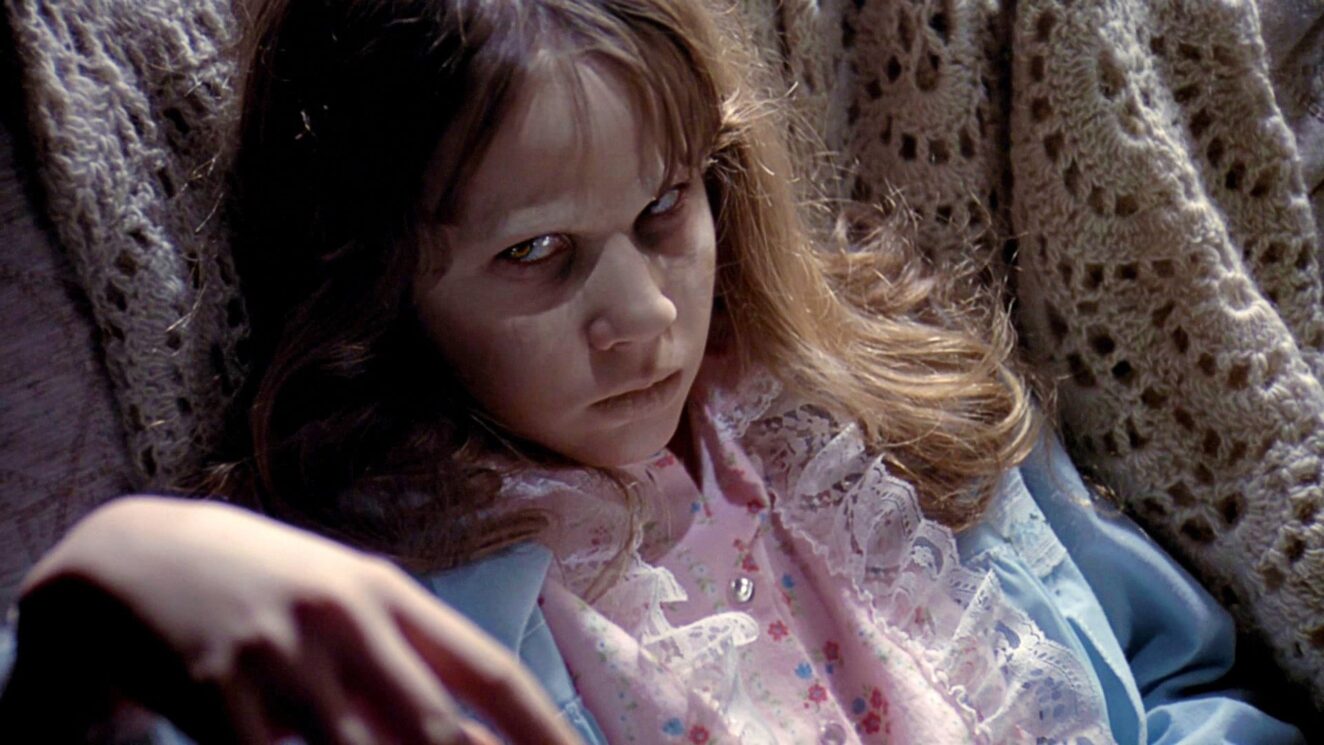
Yay:
To the announcement of a new IP-based film Mickey Vs Winnie. It’s fun to read comical hot takes from people who haven’t even seen the movie yet.
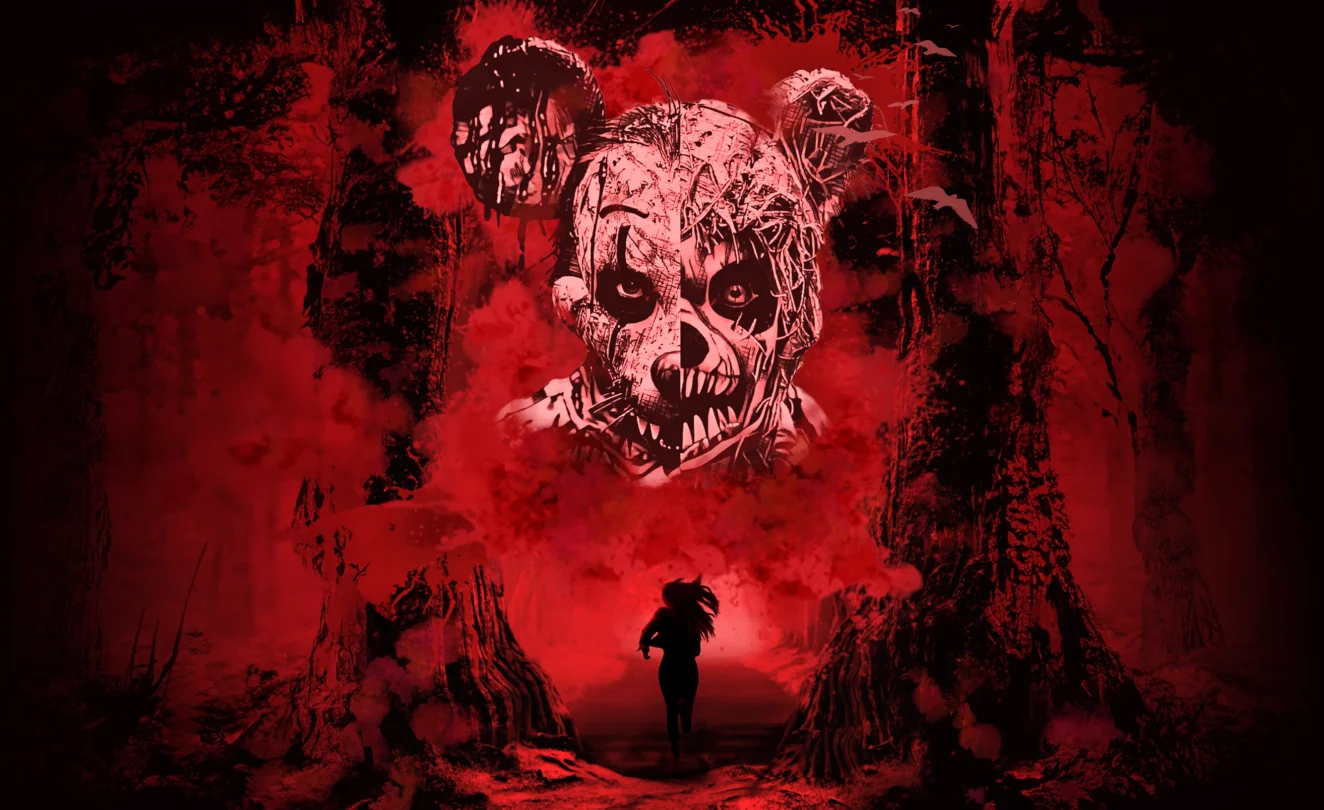
Nay:
The new Faces of Death reboot gets an R rating. It’s not really fair — Gen-Z should get an unrated version like past generations so they can question their mortality the same as the rest of us did.
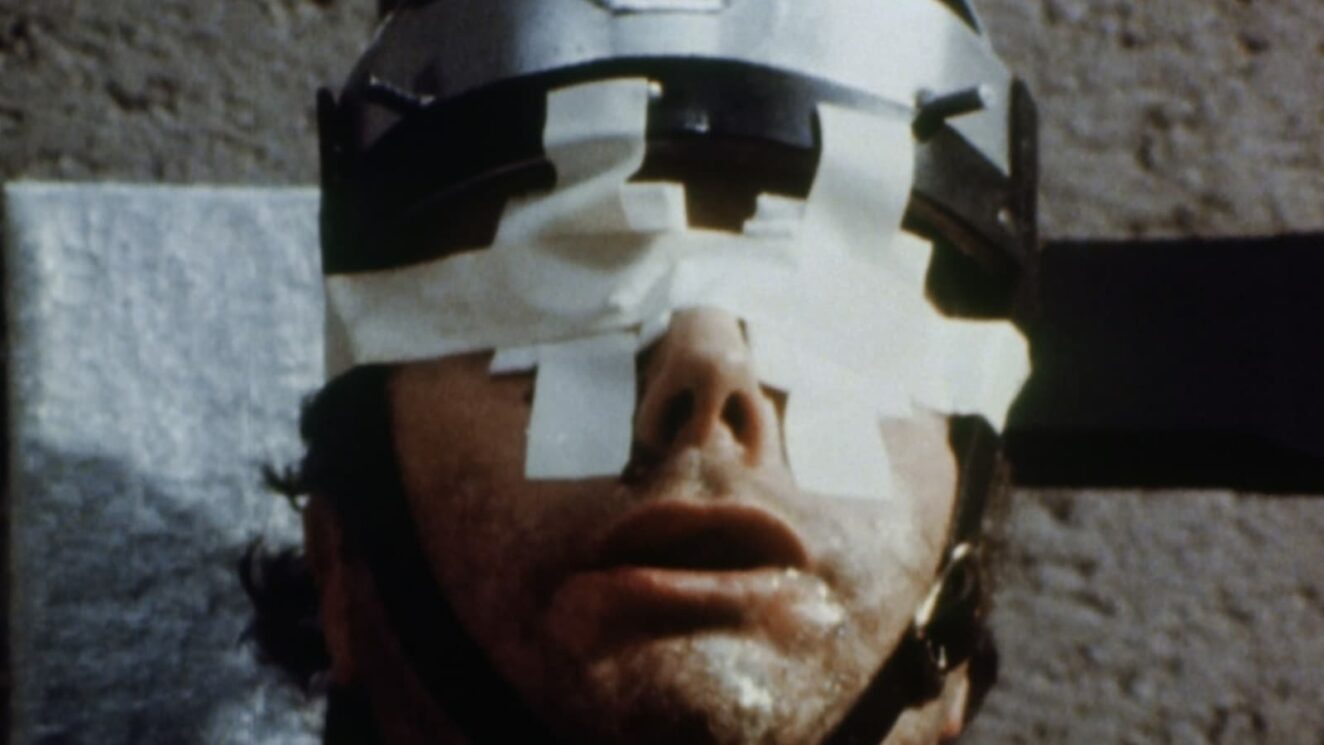
Yay:
Russell Crowe is doing another possession movie. He’s quickly becoming another Nic Cage by saying yes to every script, bringing the magic back to B-movies, and more money into VOD.

Nay:
Putting The Crow back in theaters for its 30th anniversary. Re-releasing classic movies at the cinema to celebrate a milestone is perfectly fine, but doing so when the lead actor in that film was killed on set due to neglect is a cash grab of the worst kind.
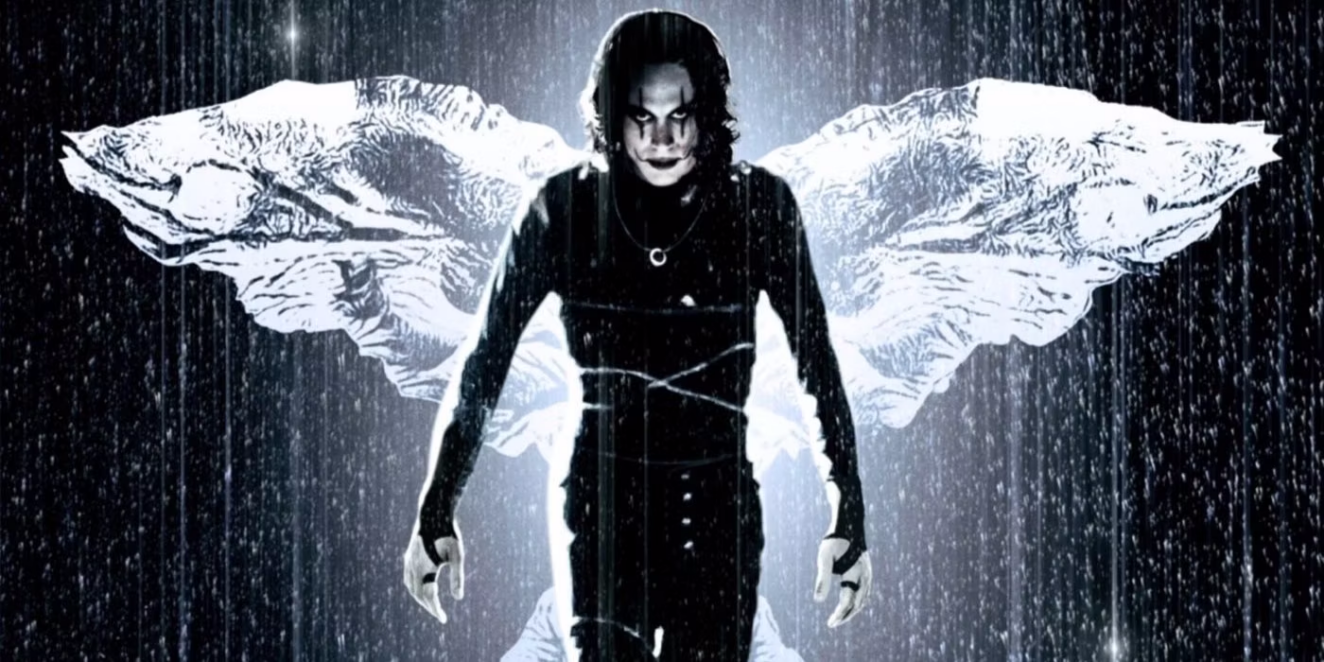
Listen to the 'Eye On Horror Podcast'
Lists
The Top-Searched Free Horror/Action Movies on Tubi This Week
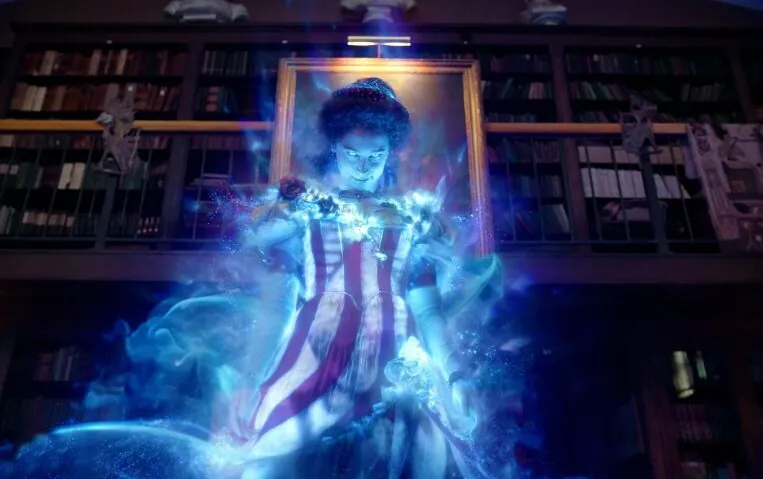
The free streaming service Tubi is a great place to scroll when you’re unsure what to watch. They are not sponsored or affiliated with iHorror. Still, we really appreciate their library because it’s so robust and has many obscure horror movies so rare you can’t find them anywhere in the wild except, if you’re lucky, in a moist cardboard box at a yard sale. Other than Tubi, where else are you going to find Nightwish (1990), Spookies (1986), or The Power (1984)?
We take a look at the most searched horror titles on the platform this week, hopefully, to save you some time in your endeavor to find something free to watch on Tubi.
Interestingly at the top of the list is one of the most polarizing sequels ever made, the female-led Ghostbusters reboot from 2016. Perhaps viewers have seen the latest sequel Frozen Empire and are curious about this franchise anomaly. They will be happy to know it’s not as bad as some think and is genuinely funny in spots.
So take a look at the list below and tell us if you are interested in any of them this weekend.
1. Ghostbusters (2016)
An otherworldly invasion of New York City assembles a pair of proton-packed paranormal enthusiasts, a nuclear engineer and a subway worker for battle.An otherworldly invasion of New York City assembles a pair of proton-packed paranormal enthusiasts, a nuclear engineer and a subway worker for battle.
2. Rampage
When a group of animals becomes vicious after a genetic experiment goes awry, a primatologist must find an antidote to avert a global catastrophe.
3. The Conjuring The Devil Made Me Do It
Paranormal investigators Ed and Lorraine Warren uncover an occult conspiracy as they help a defendant argue that a demon forced him to commit murder.
4. Terrifier 2
After being resurrected by a sinister entity, Art the Clown returns to Miles County, where his next victims, a teenage girl and her brother, await.
5. Don’t Breathe
A group of teens breaks into a blind man’s home, thinking they’ll get away with the perfect crime but get more than they bargained for once inside.
6. The Conjuring 2
In one of their most terrifying paranormal investigations, Lorraine and Ed Warren help a single mother of four in a house plagued by sinister spirits.
7. Child’s Play (1988)
A dying serial killer uses voodoo to transfer his soul into a Chucky doll which winds up in the hands of a boy who may be the doll’s next victim.
8. Jeepers Creepers 2
When their bus breaks down on a deserted road, a team of high school athletes discovers an opponent they cannot defeat and may not survive.
9. Jeepers Creepers
After making a horrific discovery in the basement of an old church, a pair of siblings find themselves the chosen prey of an indestructible force.
Listen to the 'Eye On Horror Podcast'
News
Morticia & Wednesday Addams Join Monster High Skullector Series
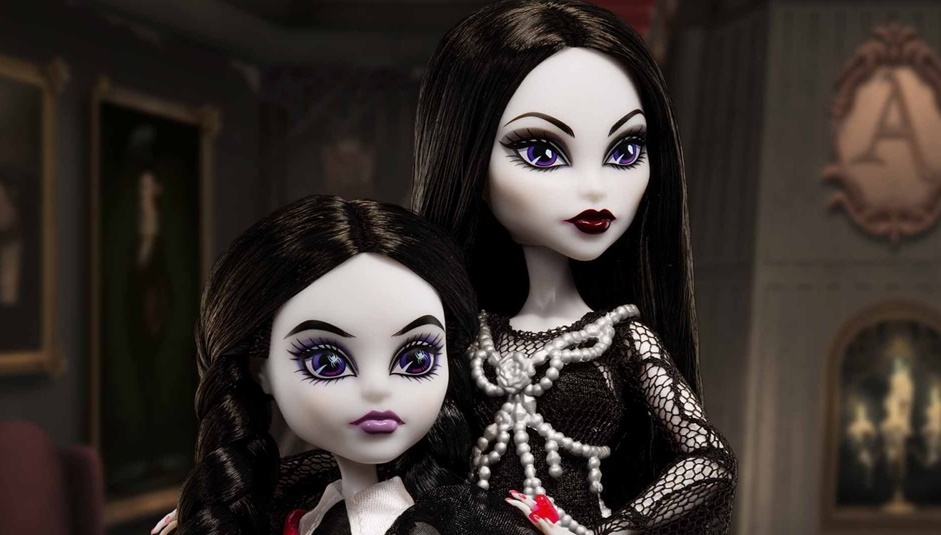
Believe it or not, Mattel’s Monster High doll brand has an immense following with both young and not-so-young collectors.
In that same vein, the fan base for The Addams Family is also very large. Now, the two are collaborating to create a line of collectible dolls that celebrate both worlds and what they have created is a combination of fashion dolls and goth fantasy. Forget Barbie, these ladies know who they are.

The dolls are based on Morticia and Wednesday Addams from the 2019 Addams Family animated movie.
As with any niche collectibles these aren’t cheap they bring with them a $90 price tag, but it’s an investment as a lot of these toys become more valuable over time.
“There goes the neighborhood. Meet the Addams Family’s ghoulishly glamorous mother-daughter duo with a Monster High twist. Inspired by the animated movie and clad in spiderweb lace and skull prints, the Morticia and Wednesday Addams Skullector doll two-pack makes for a gift that’s so macabre, it’s downright pathological.”
If you want to pre-purchase this set check out The Monster High website.



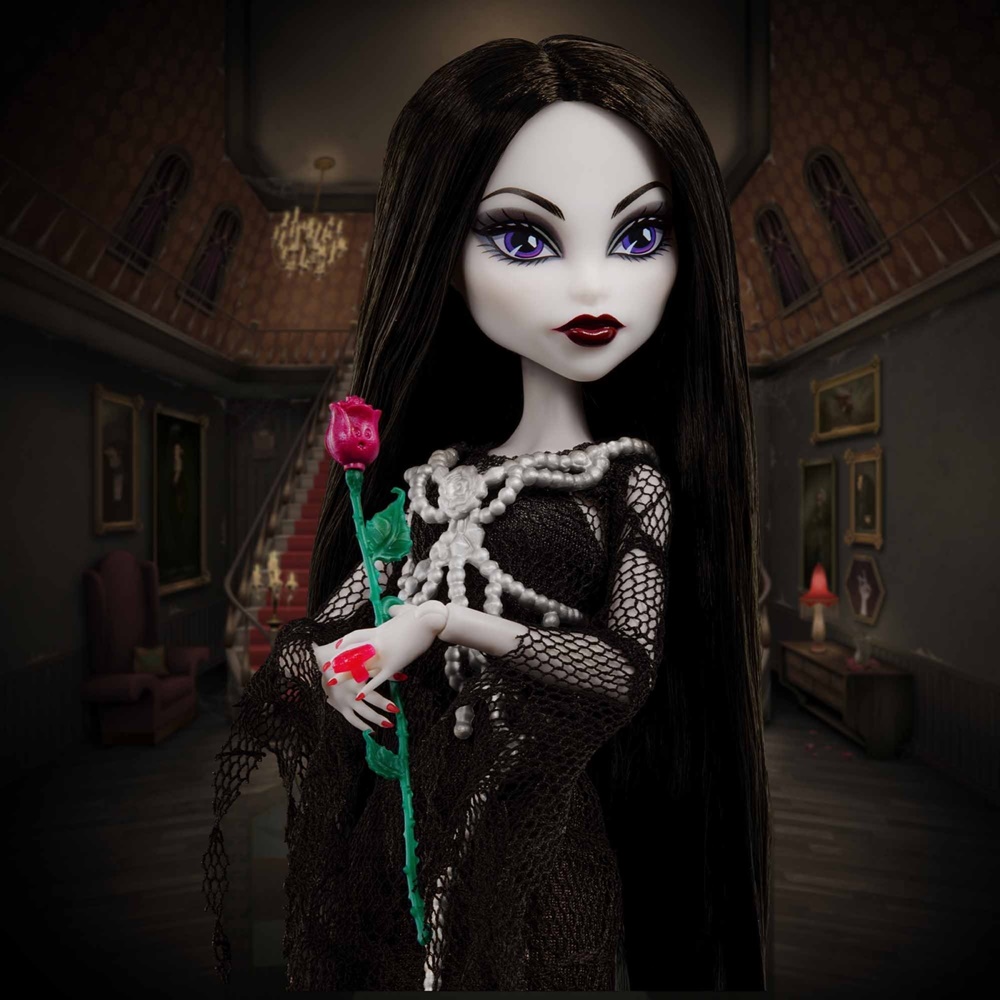

Listen to the 'Eye On Horror Podcast'
-
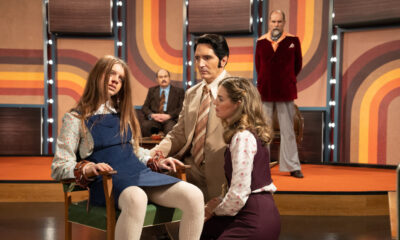
 Movies5 days ago
Movies5 days ago‘Late Night With the Devil’ Brings The Fire to Streaming
-
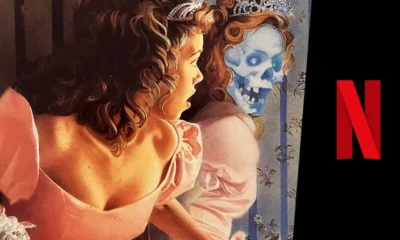
 News4 days ago
News4 days agoNetflix Releases First BTS ‘Fear Street: Prom Queen’ Footage
-

 News3 days ago
News3 days ago“Mickey Vs. Winnie”: Iconic Childhood Characters Collide In A Terrifying Versus Slasher
-
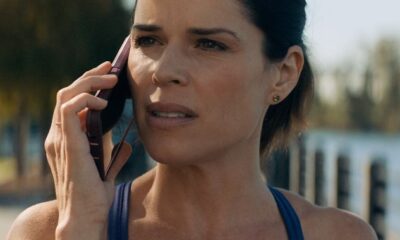
 Movies5 days ago
Movies5 days agoWill ‘Scream VII’ Focus on The Prescott Family, Kids?
-
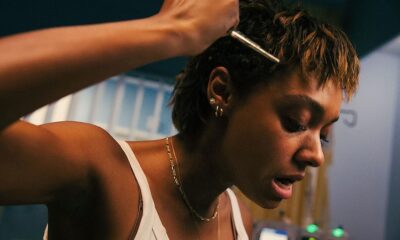
 News4 days ago
News4 days ago‘Talk To Me’ Directors Danny & Michael Philippou Reteam With A24 for ‘Bring Her Back’
-
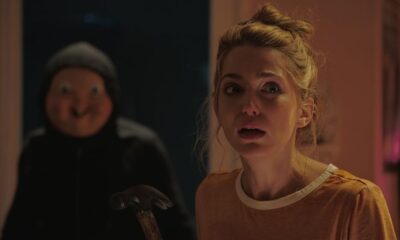
 News5 days ago
News5 days ago‘Happy Death Day 3’ Only Needs Greenlight From Studio
-
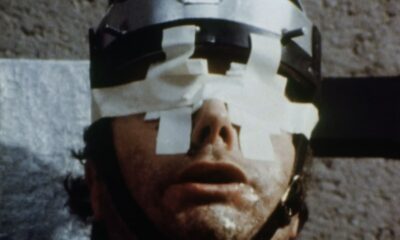
 News2 days ago
News2 days agoNew ‘Faces of Death’ Remake Will Be Rated R For “Strong Bloody Violence and Gore”
-
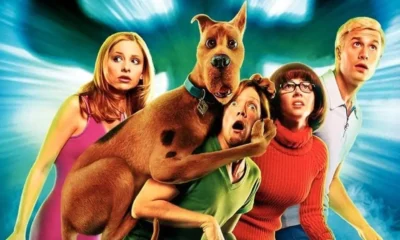
 News4 days ago
News4 days agoLive Action Scooby-Doo Reboot Series In Works at Netflix
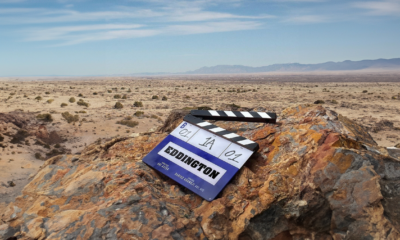

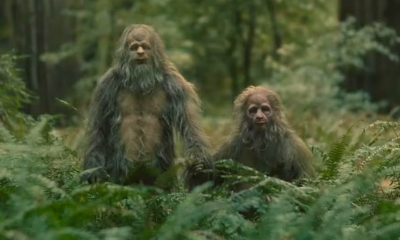
























You must be logged in to post a comment Login